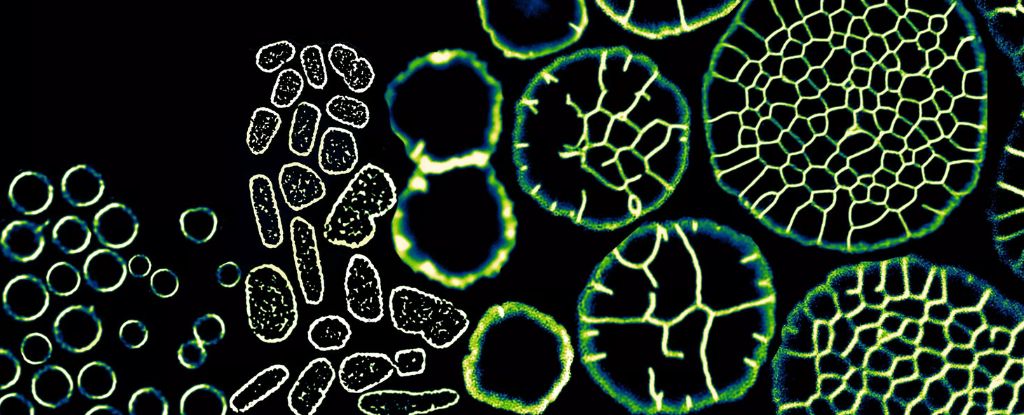A recent study has revealed that Haloferax volcanii, a single-celled archaeon thriving in hypersaline environments like the Dead Sea, can morph into a multicellular structure under physical pressure. This remarkable transformation was discovered by researchers led by Theopi Rados at Brandeis University. When placed under pressures of 10 to 100 kPa—similar to underwater conditions—H. volcanii’s soft, flexible outer layer allows it to flatten and then grow into organized clusters of cells resembling tissue.
Over time, these clusters form distinct cell types: flatter, wedge-shaped peripheral cells and taller, scutoid cells in the center, which are also common in curved eukaryotic tissues like the gut and skin. These scutoid structures, long thought to be exclusive to complex eukaryotic organisms, may actually predate them, hinting at ancient origins of multicellularity.
The microbe’s transformation, enabled by its dynamic membrane-like surface rather than a rigid cell wall, suggests that archaea may be highly sensitive to mechanical stimuli. This discovery challenges the notion that complex tissue formation is exclusive to more advanced life forms and underscores how multicellularity might evolve from simple building blocks through environmental pressures.

It is continuously fascinating how the more pieces of the mysteries of the beginnings of life are gathered from far corners of the earth like this to create a potential picture of how we as a species came to be. Even if it doesn't directly relate to our evolution, it is still interesting to see how many different ways microbes will adapt to fit into whatever niche they can take advantage of.
ReplyDelete